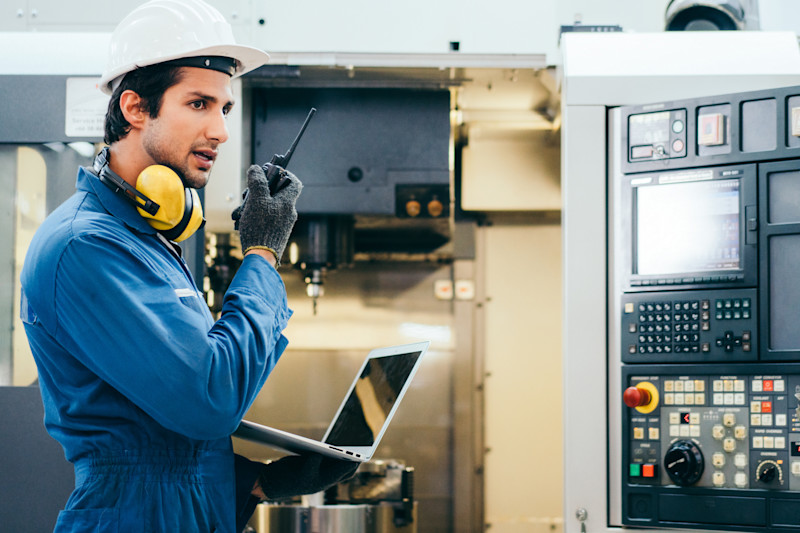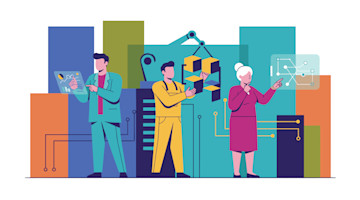Unplanned maintenance of equipment is responsible for about a third of all downtime in manufacturing production and is the second-most common reason for downtime in a manufacturing facility after labor shortages. As manufacturers know, subtle irregularities in machine load, torque, acceleration, or spindle speed can cause parts to be made outside of required tolerances. They may continue to be produced for hours or days while appearing to be at spec, but the parts will ultimately need to be scrapped. Embarking on a predictive maintenance approach may appear to be costly, and a hurdle for many is that a large number of sensors must be added to machines and equipment, requiring machine shut down for hours or even days, costing productivity. MachineMetrics has developed a completely new approach to predictive maintenance that does not require shutting down production or installing sensors on equipment. The solution uses the embedded sensors already on the machining equipment coupled with the programmable logic controller (PLC), and data collection can begin almost immediately after a customer plugs a MachineMetrics’ edge device into the internet port on the machine.
The company developed this new approach through artificial intelligence (AI) and machine learning (ML) algorithms that detect patterns from the thousands of data points it collects from each machine. “Typical” machine data is collected once per second, whereas MachineMetrics collects data every millisecond – 1,000 times per second – and in this rich data, a preceding signal is almost always detectable before a machine stops or begins producing faulty parts.
MachineMetrics’ solution, which has already been successfully piloted, saves a great deal of money in labor and material costs. “In deployments to date, we have seen savings of $70,000 per machine per year through a combination of saved tooling costs, reduction in scrap rate, and saved labor costs as employees no longer need to sort through scrap to see if parts can be salvaged,” said Zhang. “It is also easily scalable, so it can be piloted on one or two machines and grow from there.”
MachineMetrics’ embedded sensor approach is more difficult from the perspective of data science because they do not measure direct phenomenon; they indirectly measure second order effects. For example: vibration is not directly measured; spindle speed – which will change as vibration increases – is measured. Indirect measurement is more complex, but it is less invasive.
To add this presentation to your MySpark planner or read more about Zhang, visit https://directory.imts.com/8_0/sessions/session-details.cfm?scheduleid=667.






